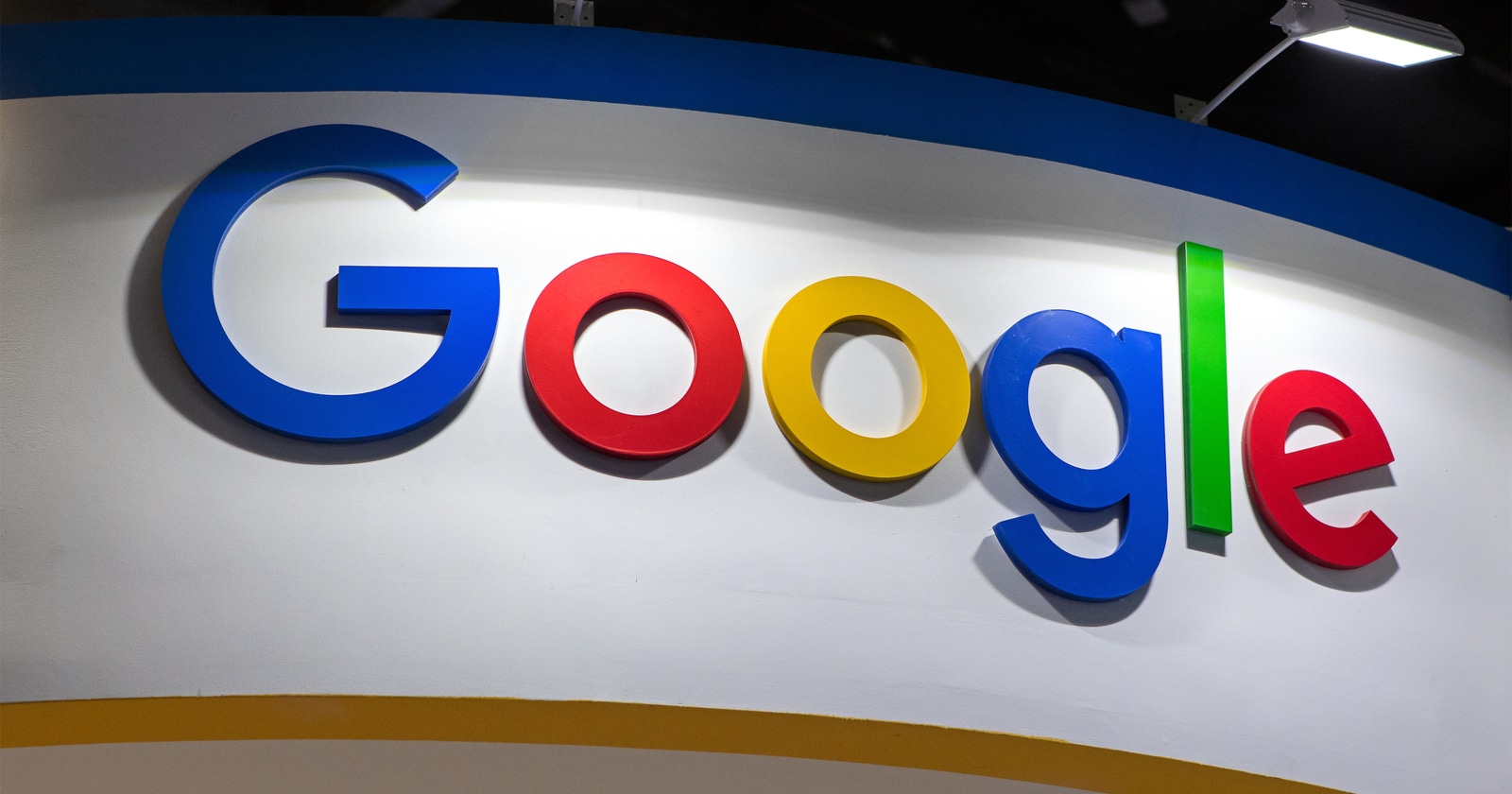Google has started compressing its display ads by up to 40% in an effort to improve page load times and increase battery life efficiency. This is accomplished through Google’s Brotli compression algorithm it introduced two years ago.
Brotli offers a data savings of at least 15% compared to gzip compression, and could result in a data savings of over 40% in some cases.
Not all display ads will be compressed going forward, but the company says it will be utilizing Brotli whenever possible. According to Google’s Michael Burns, this will reduce the amount of data sent to end users by tens of thousands of gigabytes every day.
“Our goal is to help publishers monetize their content and build sustainable businesses through advertising products that allow sites to load as fast as possible to minimize impact to user experience.
Brotli is being used in the Chrome, Edge, and Firefox browsers. Apple’s Safari on iOS and macOS have yet to adopt Google’s compression algorithm. In addition to compressing display ads, Brotli is used to improve the speed of Accelerated Mobile Pages that load from search results.
This could be part of Google’s strategy to improve the quality of online ads as a whole. The company recently announced plans to add an ad-blocker to its Chrome browser in 2018 that will only block ads users consider to be “annoying.” In the grand scheme of things, faster loading pages and less intrusive ads could encourage users to continue using Google’s services over competitors’.


